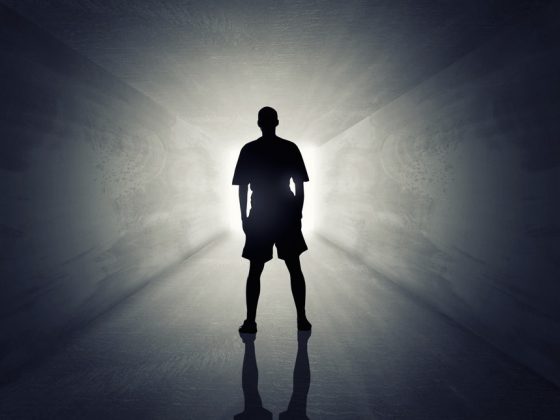Although often downplayed, concussions pose risks: The risk of further injury increases, and the recovery period is prolonged. Serious complications such as “second impact syndrome” can also occur. Little is known so far about late effects.
There are countless similar examples to the situation mentioned in the introduction, which always raise the same question: Should the athlete have been reinstated so quickly or even allowed to continue without a break after the injury? Canadian neurosurgeons analyzed all 64 matches from the last World Cup in 2014 for head collisions using video and noted characteristics of concussion such as slow standing, disorientation, noticeable balance problems, loss of consciousness, unsteady gait, and head clutching. A total of 61 players suffered 81 head collisions, 17% of which had no or one feature, 56% had two, and 27% had three or more. In 15% of the cases the doctor intervened, in 56% the referee or other players assessed the situation, and in the rest nobody looked at all! Of 67 cases with probable commotio, only three did not return to the field. Another peculiarity is striking: in the obligatory reports of the FIFA World Cup, team doctors reported only 19 head injuries in the incidents [1].
This “universal attitude,” so to speak, which can certainly be found in the most endangered sports, is cause for concern, for several reasons: In the immediate phase following a concussion, the brain is more vulnerable and thus particularly at risk. There is a significantly increased risk after a suffered commotio to suffer another one. In such a situation, the recovery phase is considerably prolonged and the risk for serious complications increases – for example, for the so-called “second impact syndrome”. This is a clinical picture characterized by diffuse cerebral edema, which can be life-threatening and even fatal. Another reason is that prospective observations could show that athletes after mild SHT have a 2.5 times higher risk of suffering a lower extremity injury. Presumably, this fact can be explained by impaired motor control and a deficit in neuro-muscular programming.
Relatively little is known today about the late effects of concussion. There is evidence – inconclusive – that recurrent, even mild, traumatic brain injury may contribute to the development of chronic post-traumatic encephalopathy. A schematic representation of possible consequences of one or more SHTs is shown in Figure 1.

Reasons for trivialization
But why does such an actually irresponsible attitude exist? For the long-time observer of the sports medical scene, it is striking how for years the issue of “sport-related concussion (SRC)” was trivialized and even suppressed – a fact that has, however, diametrically changed for some time under the leadership of world sports federations such as FIFA (football) and IHF (ice hockey). The problem of SHT in sport is becoming increasingly important in the sports medicine literature, but whether this literature is read to the same extent as it is published may remain open.
Whereas in the case of severe craniocerebral trauma, initial treatment is based on clear symptoms and a treatment plan is immediately applied lege artis, in the case of so-called minor injuries, which naturally occur more frequently in sports, the situation can only be diagnosed with difficulty and is possibly therefore often trivialized. Because structural changes are often not found in imaging studies, these traumas are not recognized at all, much less treated appropriately. The usually rather dissimulating athlete pushes for immediate continuation, and the vicious circle is initiated.In addition, it must be remembered that on the sports field where the accident occurs, trained medical personnel are very rarely present. We know from ice hockey, for example, that referees feel unable to judge a commotio, even if it is a sport where this pathology is most common in our latitudes!
The series of articles will be continued in the next issue 7 of HAUSARZT PRAXIS.
Literature:
- Cusimano MD, et al: Assessment of head collision events during the 2014 FIFA World Cup Tournament. Jama 2017; 317(24): 2548-2549.
HAUSARZT PRAXIS 2018; 13(6): 6











